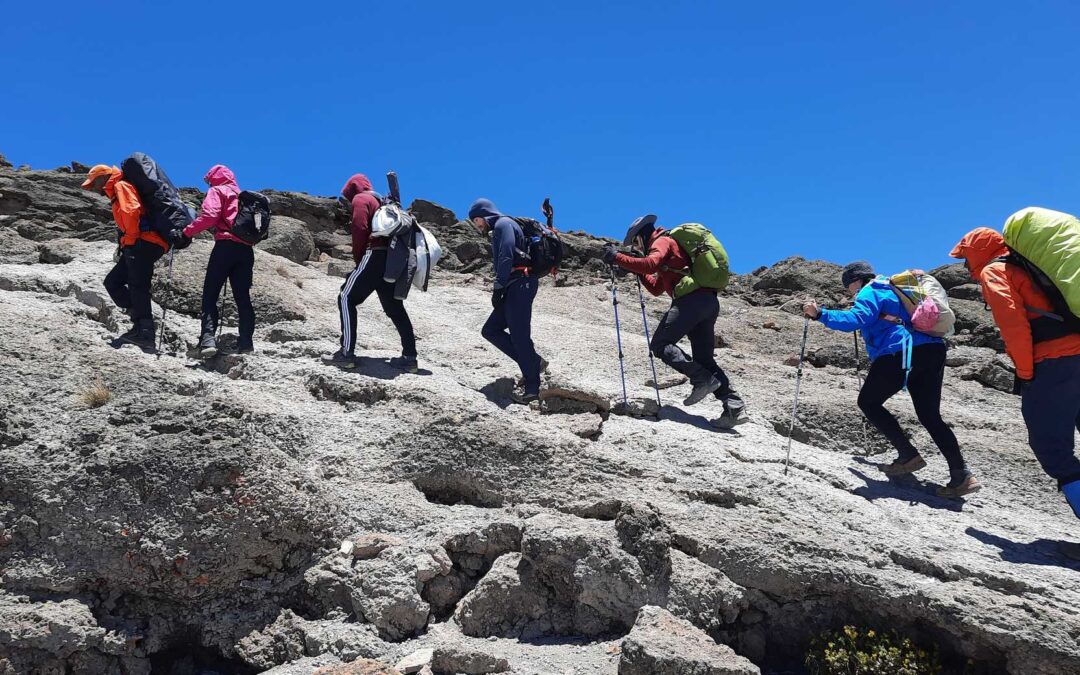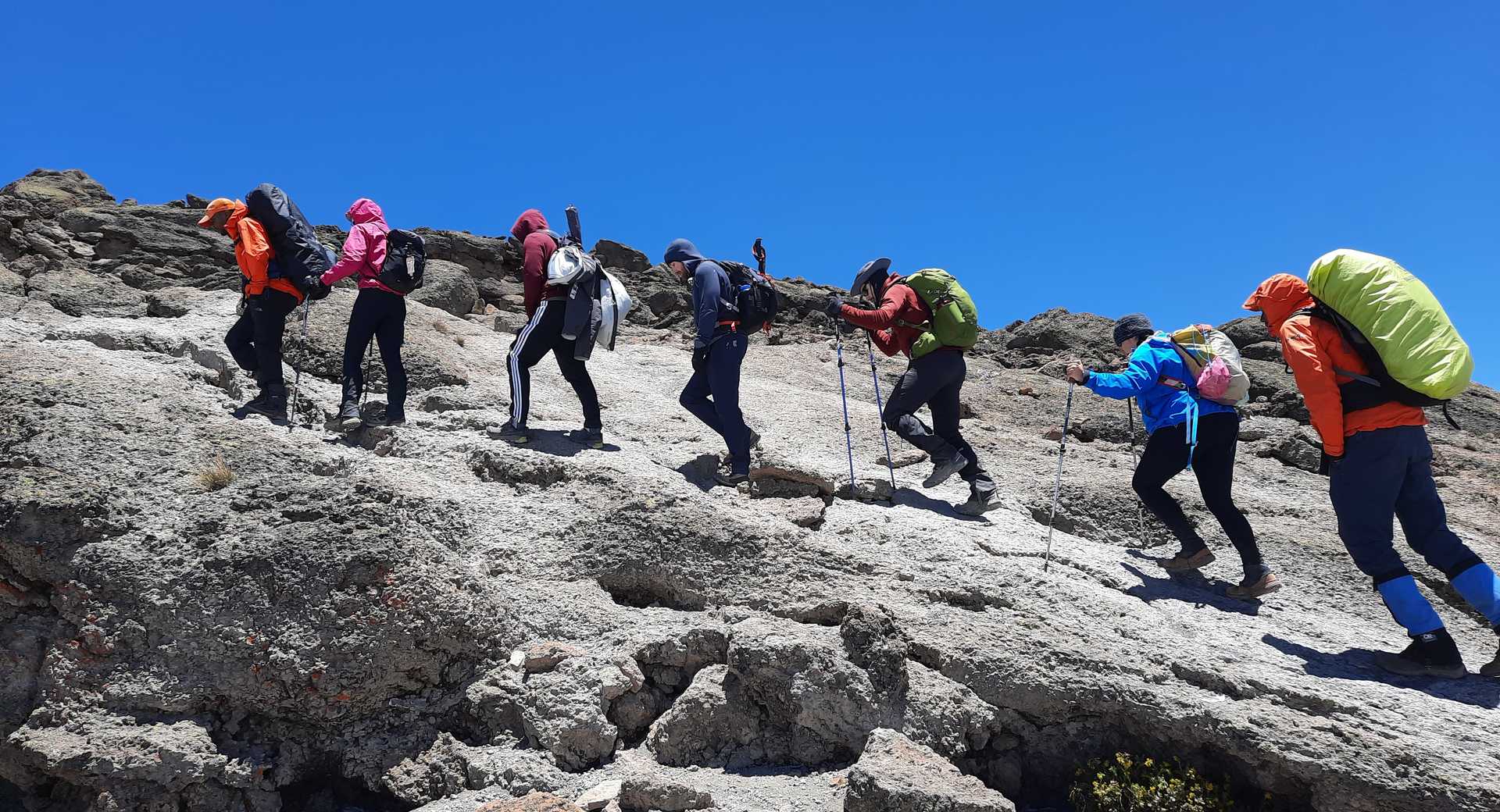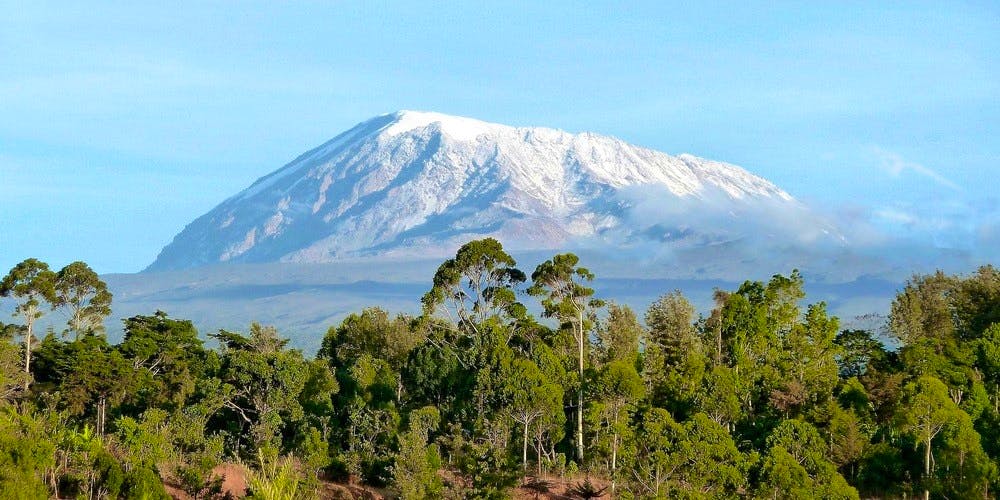Scaling the heights of Mount Kilimanjaro isn’t just an adventure, it’s a journey through five distinct climate zones. These range from lush rainforest at the base to arctic conditions at the summit. Remarkably, this diversity is experienced on just one mountain, which retains snow-capped peaks despite straddling the equator.
For explorers, understanding Kilimanjaro’s climate is crucial. The base of the mountain averages a humid, tropical 70-80°F, transforming into alpine desert at higher altitudes. With nighttime temperatures plummeting below freezing at the summit, participants must prepare for a multitude of weather conditions within a single trek. This unique climatic journey is unmatched globally, offering a rare glimpse into diverse ecosystems within a short ascent.
Kilimanjaro’s Climate: What to Expect on Your Adventure
Climbing Mount Kilimanjaro offers a unique climatic experience due to its diverse weather zones. The base of the mountain is characterized by lush rainfall and warm temperatures. As you ascend, the climate changes dramatically, with the rainforest giving way to moorlands filled with exotic plants. The alpine desert follows, where the air becomes colder and drier. Finally, the summit features arctic conditions, with snow and ice presenting a stark contrast to the lower zones.
These rapid climate changes require careful preparation and adaptation. Climbers should be ready for varying temperatures, from hot and humid at the base to freezing cold at the peak. Dressing in layers is essential to stay comfortable throughout the climb. Additionally, understanding the weather patterns can help in planning the best time to start your adventure. Different seasons offer unique challenges and advantages.
A key aspect to consider is the season during your climb. Kilimanjaro has two main climbing seasons: January-March and June-October. These periods are generally dry, making it more manageable for trekkers. However, each season comes with its specific conditions, such as colder nights in January or more crowded trails in August. It’s important to weigh these factors when planning your trip.
Moreover, trekkers should be prepared for sudden changes in weather. Even during dry seasons, it’s not uncommon to experience rain showers or unexpected cold fronts. Bringing waterproof gear and extra layers ensures you’re ready for all conditions. The unique climate of Kilimanjaro makes the adventure challenging yet incredibly rewarding.
The Impact of Altitude on Weather Conditions
The higher you go on Mount Kilimanjaro, the more the weather changes. At lower altitudes, you experience warm tropical conditions with plenty of rainfall. As you climb higher, temperatures drop significantly. You may start in the morning with temperatures around 70°F, only to find yourself in freezing conditions by nightfall. These drastic changes are due to the varying altitude levels.
Altitude not only affects temperatures but also air pressure and oxygen levels. The higher you climb, the lower the air pressure and oxygen availability becomes. This can lead to altitude sickness, making it vital for climbers to acclimatize. Spending time at different elevations helps your body adjust. Carrying necessary medications and knowing the symptoms are also important.
Weather conditions at high altitudes can shift quickly and unpredictably. Clear skies can turn into stormy weather within minutes. This unpredictability requires climbers to be prepared for all scenarios. Packing weather-resistant clothing and gear is a must. Being aware of the forecast before you climb can also help in planning your ascent.
Despite the challenges, the changing weather conditions offer unique experiences. The transition from lush greenery to barren ice fields is breathtaking. Each altitude zone showcases a different aspect of Kilimanjaro’s beauty. Understanding these weather changes makes the climb both safe and enjoyable. It’s a journey through diverse climates unlike any other.
Preparing for the Five Climatic Zones of Kilimanjaro
When climbing Kilimanjaro, you need to prepare for five distinct climatic zones. Each zone has its own unique weather and challenges. The first zone is the lush rainforest, where temperatures are warm and humidity is high. Waterproof gear is essential here. Next, you enter the moorland zone, where temperatures drop and rain becomes less frequent.
Following the moorland is the semi-alpine zone. Here, the landscape becomes more barren, and temperatures can be quite cool, especially at night. It’s crucial to pack thermal clothing for this part of the climb. The fourth zone is the alpine desert, characterized by harsh sunlight during the day and freezing temperatures at night. Sunglasses, sunscreen, and layers are vital for protection.
Finally, you reach the glacial zone at the summit, where weather conditions are extreme. Temperatures are well below freezing, and the air is thin. A proper down jacket and insulated gear are necessary to stay warm. Additionally, you need to be cautious of altitude sickness. Taking slow, measured steps helps your body adjust to these high-altitude conditions.
Proper preparation for each climatic zone involves not just the right clothing, but also an understanding of what to expect. Knowing the specific challenges of each zone can help you pack wisely. Here’s a list of essential items:
- Waterproof jacket and pants
- Thermal base layers
- Sunglasses and sunscreen
- Down jacket
- Insulated gloves and hat
- Good quality hiking boots
Being well-prepared allows you to enjoy the diverse beauty of Kilimanjaro’s climatic zones. Each one offers a unique adventure and unforgettable experiences.
Key Takeaways
- Kilimanjaro’s climate changes from warm rainforest to freezing arctic conditions.
- The base is hot and humid, while the summit is icy cold.
- Temperature and weather shift rapidly as you climb higher altitudes.
- Being prepared for varied weather helps ensure a successful climb.
- Each climatic zone offers a unique and breathtaking experience.



